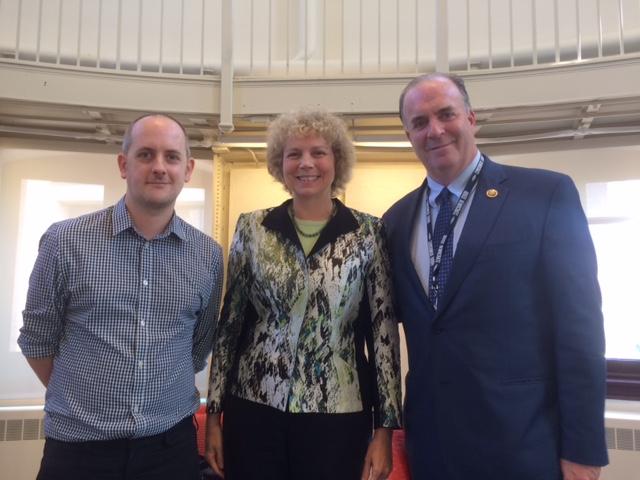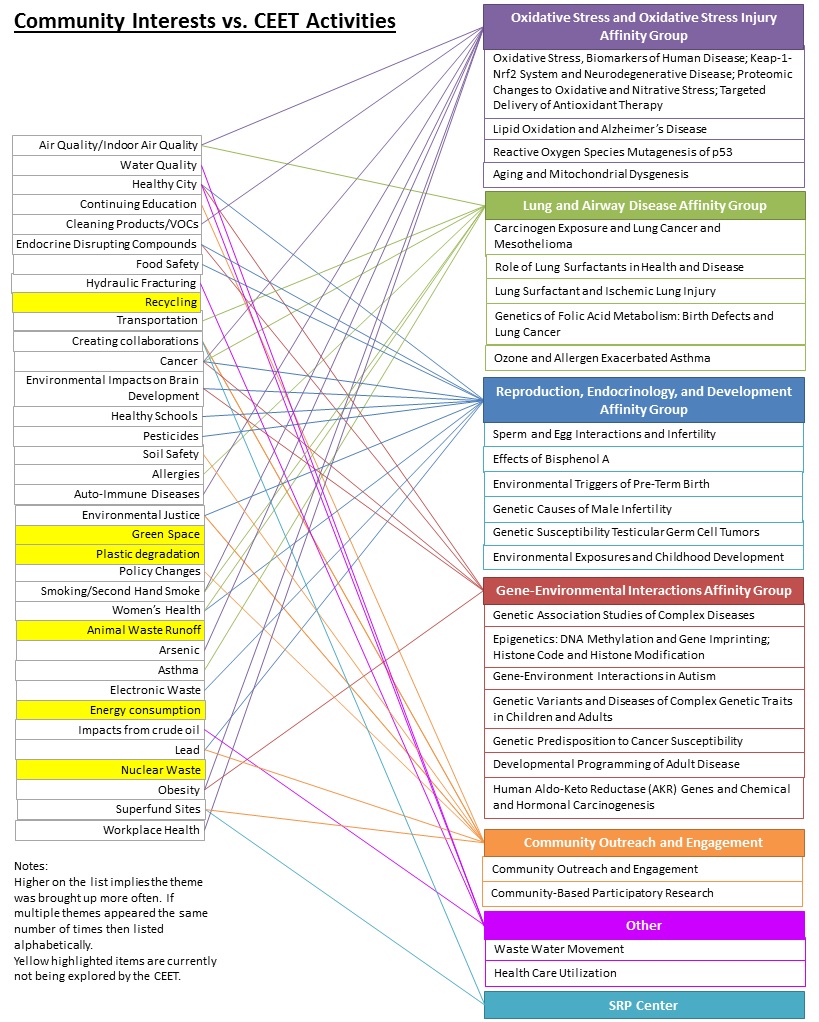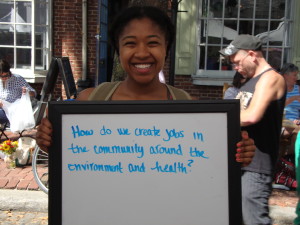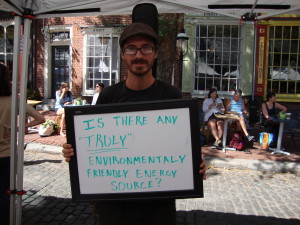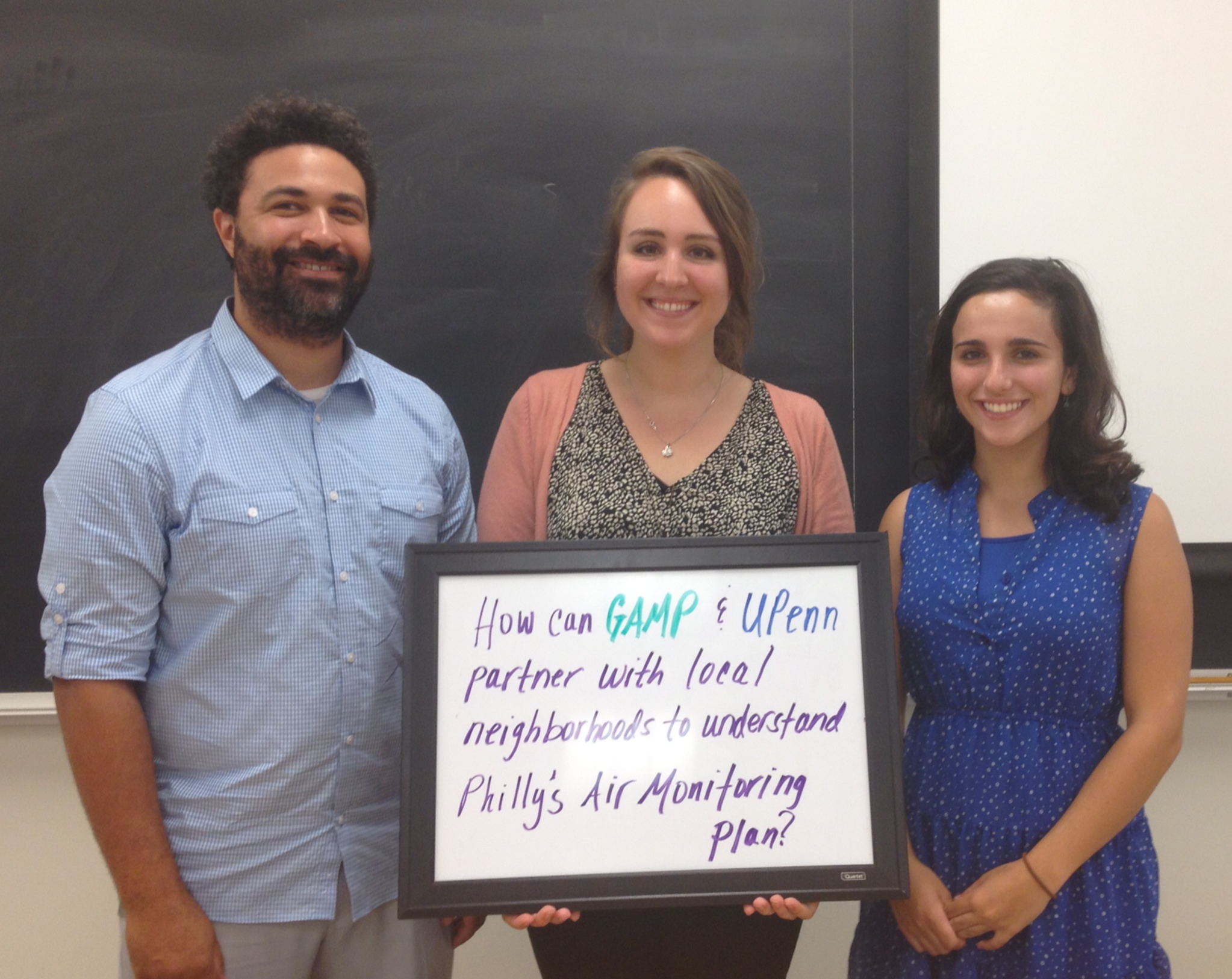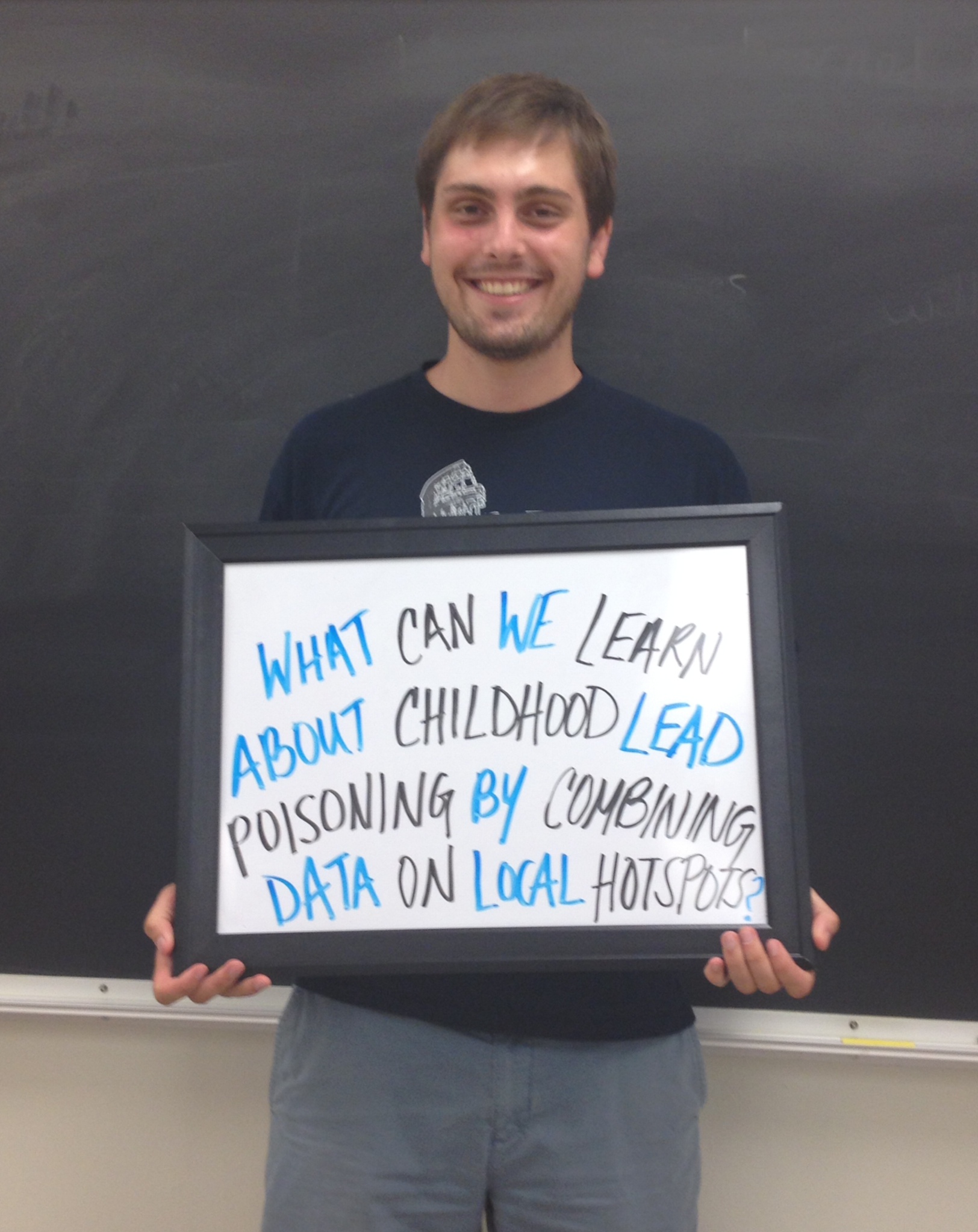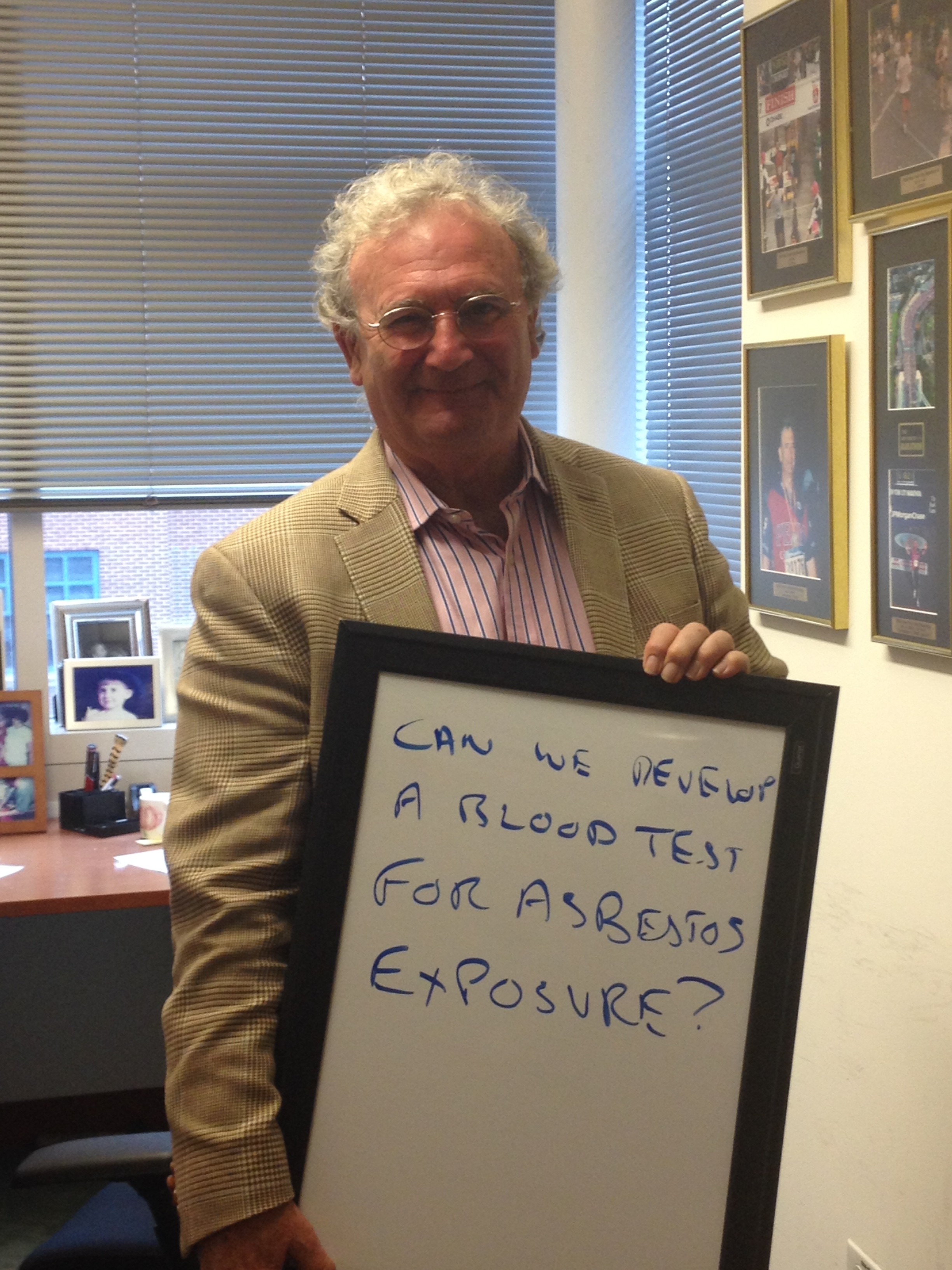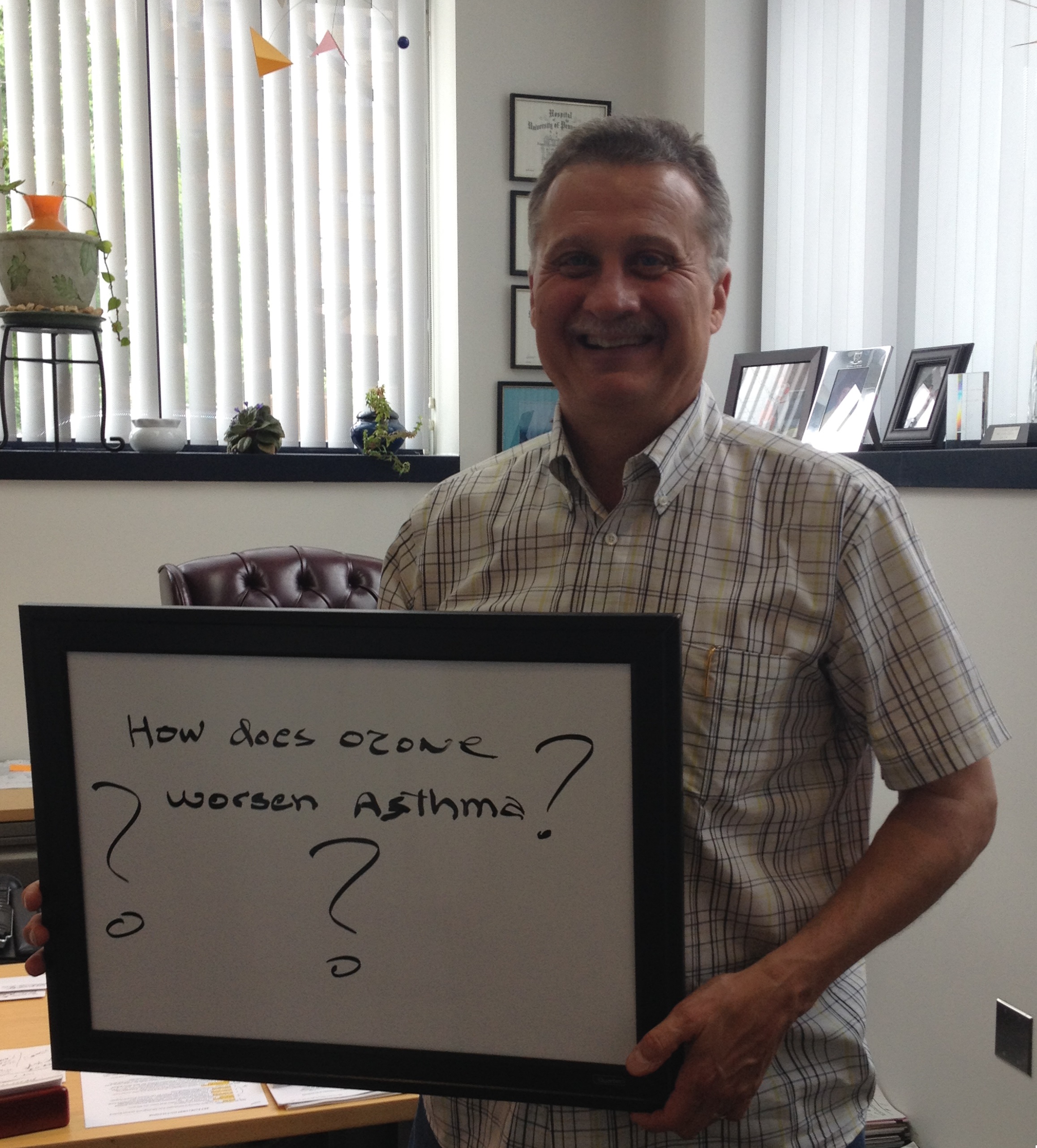Dr. Marilyn Howarth, director of the Community Outreach and Engagement Core for Penn’s Center of Excellence in Environmental Toxicology, has been working local communities to determine their exposomes and help them figure out what to do about it.
Sandy Bauers/ The Philadelphia Inquirer / February 3, 2017
Read full article from the Philadelphia Inquirer



